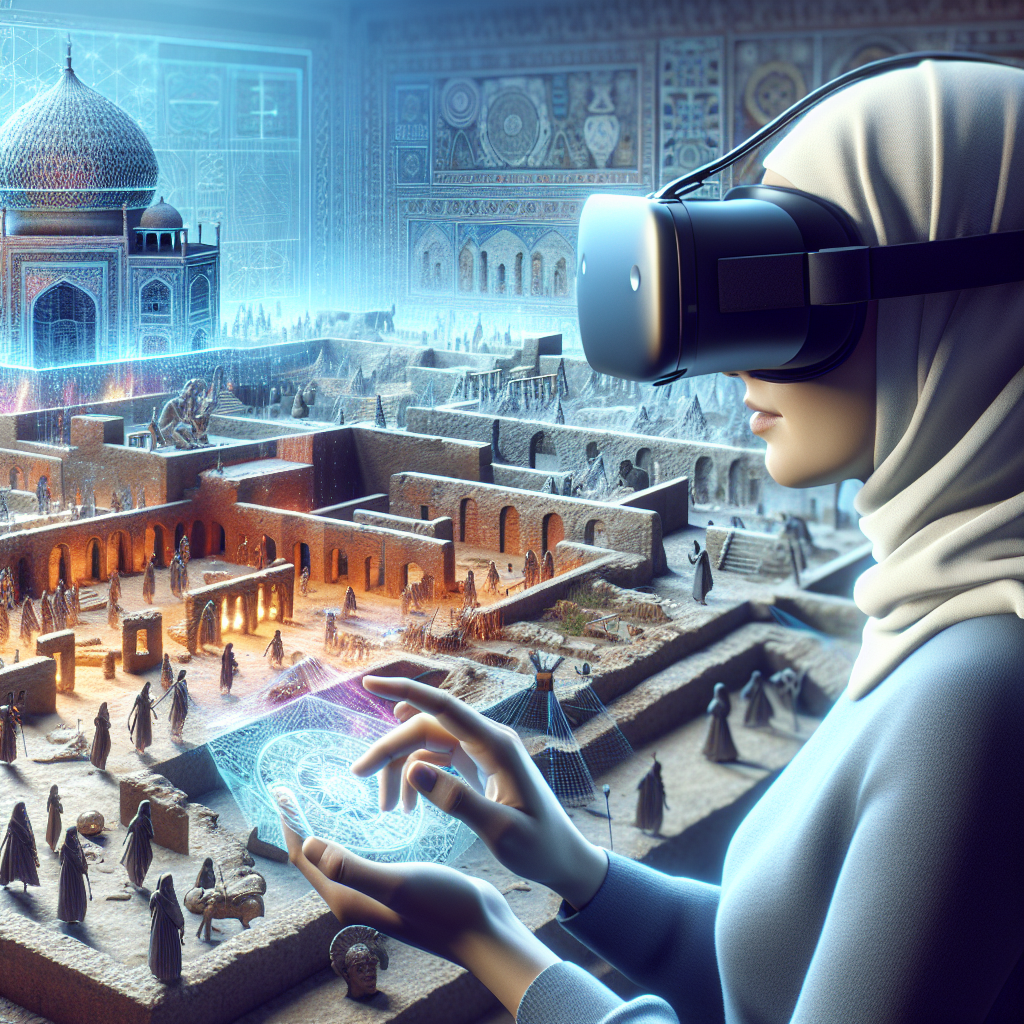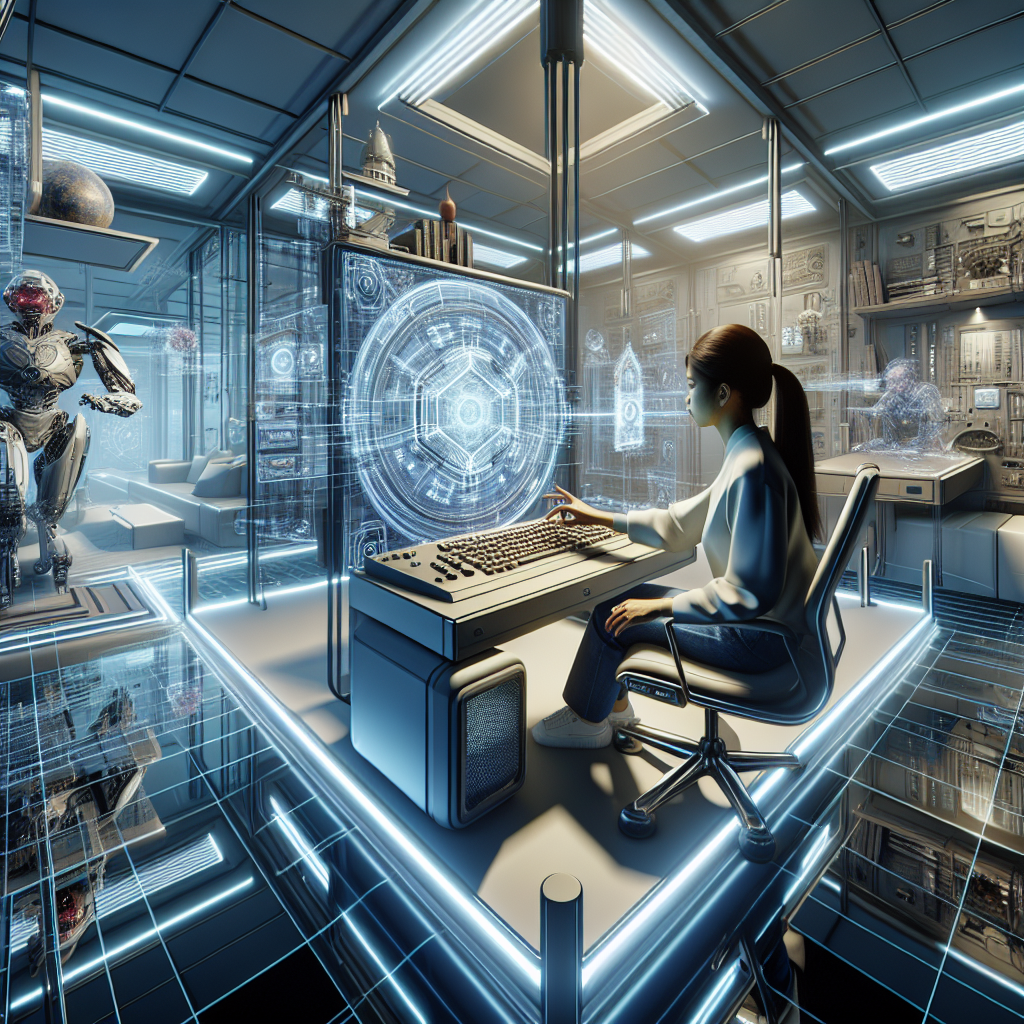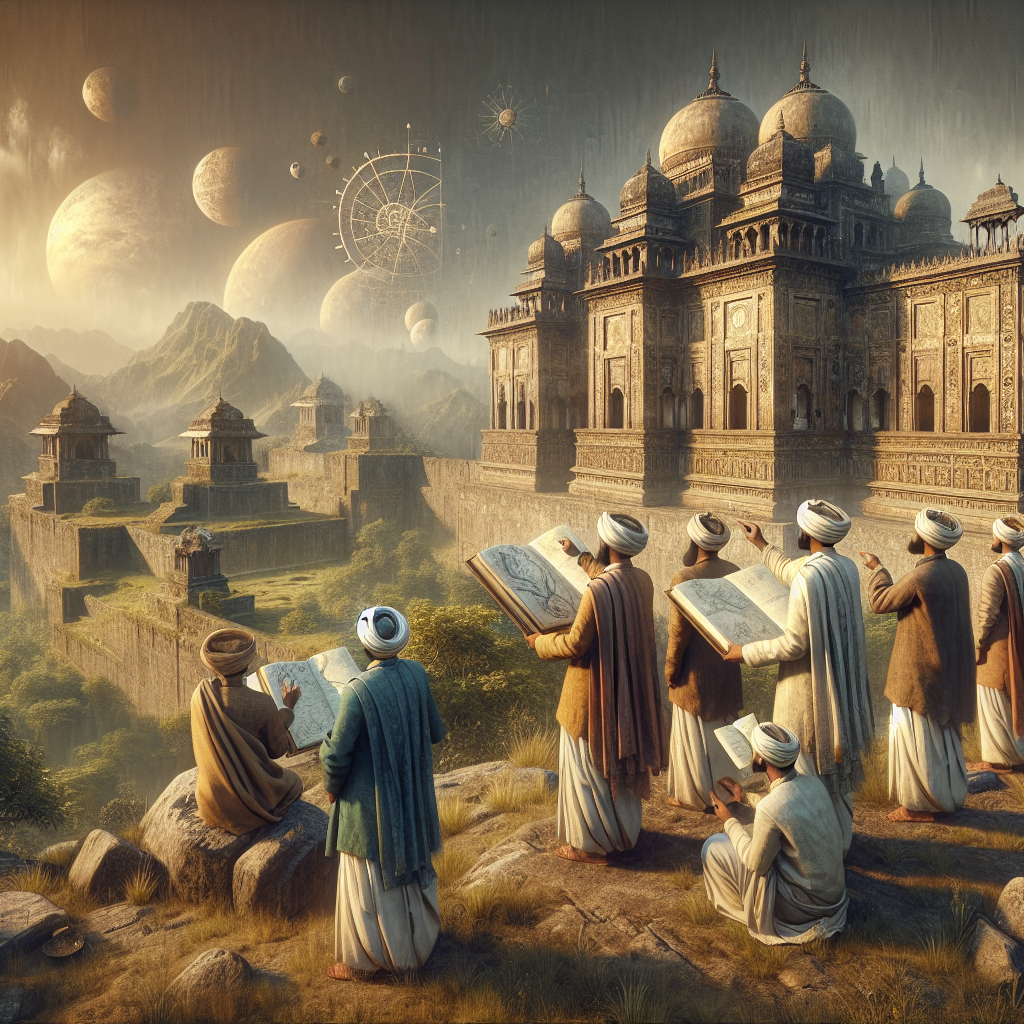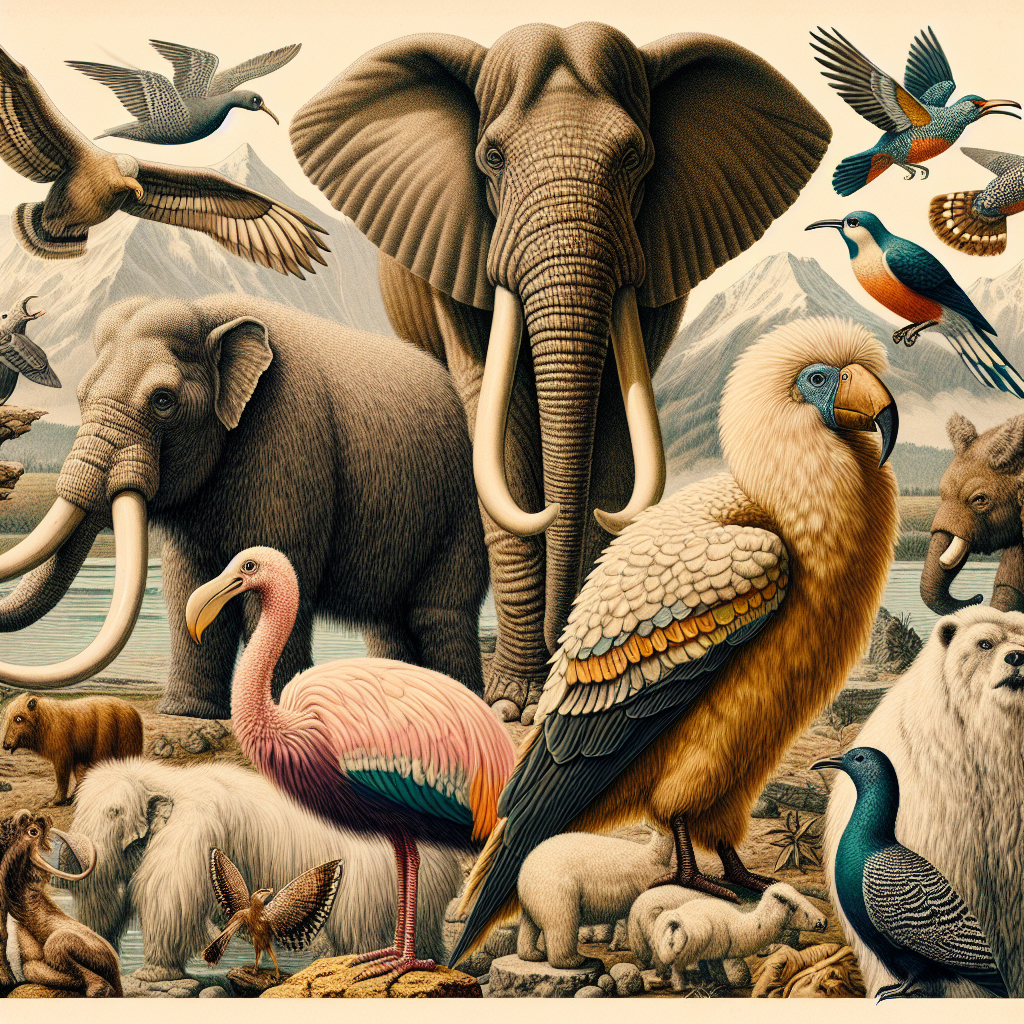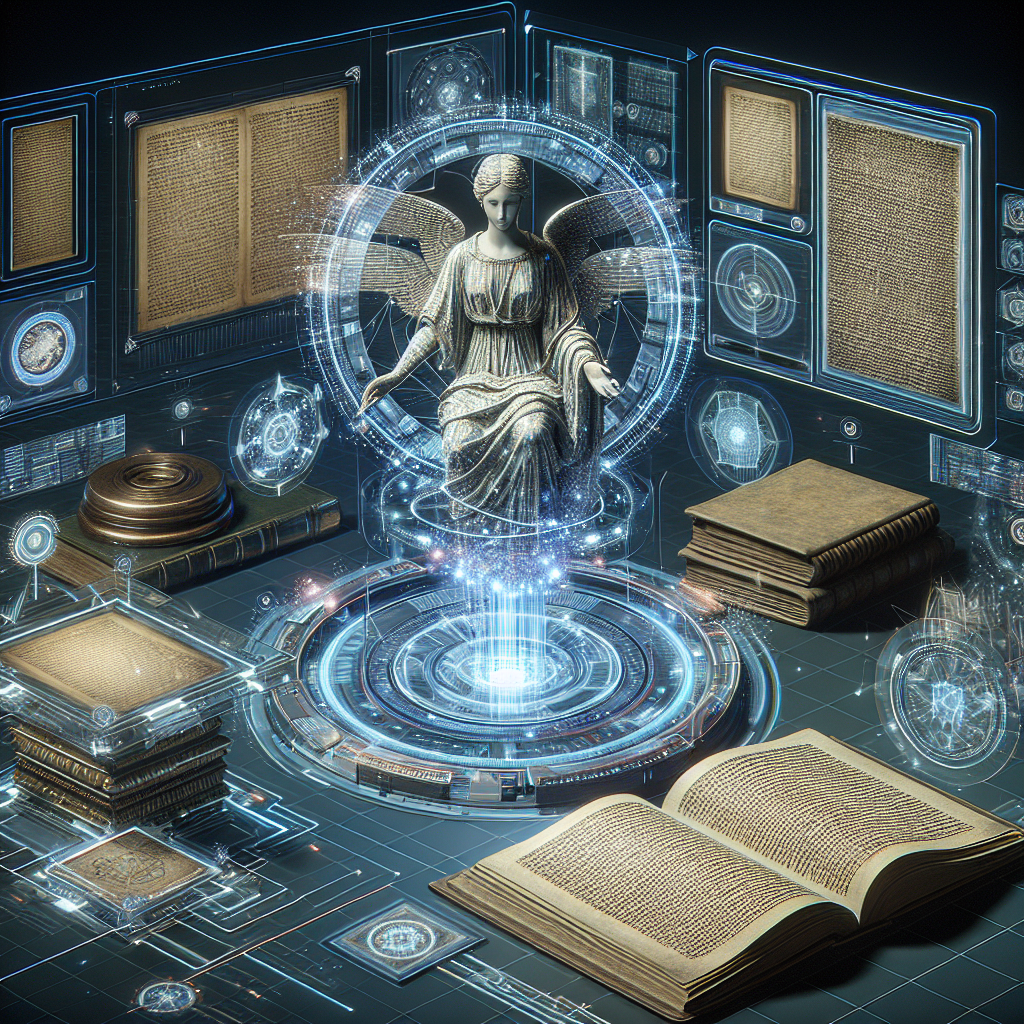In recent years, the concept of **Virtual Reality and Historical Exploration** has gained significant traction. This innovative technology allows users to experience historical events and locations in an immersive manner, bridging the gap between the past and present. As technology evolves, the possibilities for historical exploration through virtual reality continue to expand, making it a fascinating topic for educators, historians, and enthusiasts alike.
The Evolution of Virtual Reality in Education
Virtual reality has transformed the way we learn about history. Traditional methods often rely on textbooks and lectures, which can be limiting. With **Virtual Reality and Historical Exploration**, students can step into ancient civilizations, experience historical events, and interact with their surroundings. This hands-on approach fosters a deeper understanding of historical contexts and encourages engagement.
Schools and institutions are beginning to integrate VR into their curricula. For example, students can explore the ruins of Pompeii or walk through the streets of ancient Rome without leaving their classrooms. Such experiences make history tangible, allowing learners to visualize and connect with the past in ways that traditional methods cannot.
The Role of Technology in Preserving History
As we embrace **Virtual Reality and Historical Exploration**, we also recognize its potential in preserving history. VR technology can recreate lost sites and artifacts, providing a digital archive for future generations. This preservation effort is particularly crucial for locations threatened by climate change or conflict.
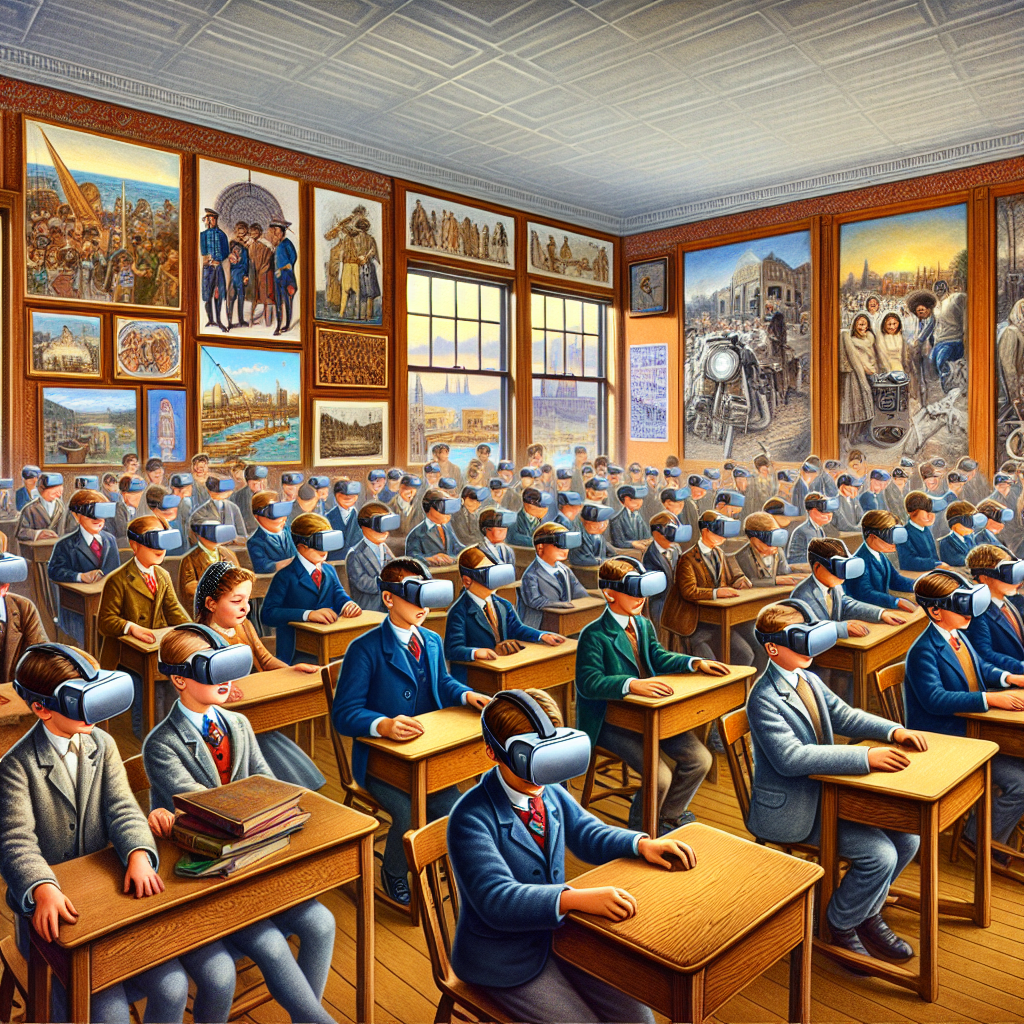
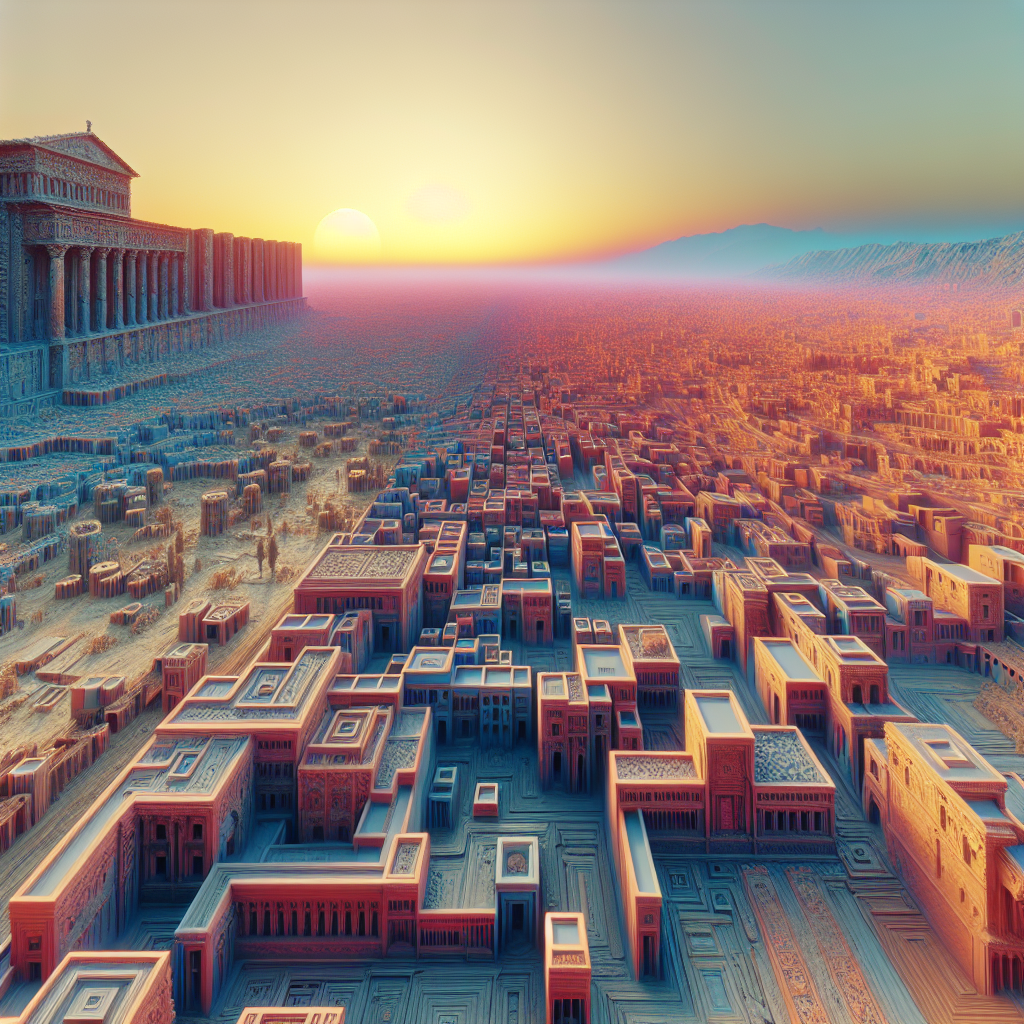
For instance, projects like the Virtual Reality reconstruction of the ancient city of Petra allow users to explore a digitally restored version of the site. Such initiatives not only educate but also raise awareness about the importance of preserving our cultural heritage. By experiencing these sites in VR, users can appreciate their significance and advocate for their protection.
Challenges and Future Prospects
Despite the promising future of **Virtual Reality and Historical Exploration**, several challenges remain. High costs and technological barriers can limit accessibility. Additionally, the accuracy of historical representations can be questioned, as VR experiences are often based on interpretations of historical data.
However, as technology advances and becomes more affordable, the potential for wider adoption increases. Developers and historians are collaborating to create more accurate and engaging content. As we look to the future, VR could become a standard tool for historical exploration, making history accessible to everyone, regardless of location or background.
In conclusion, **Virtual Reality and Historical Exploration** represent a significant shift in how we engage with history. As this technology continues to evolve, it promises to enrich our understanding of the past while preserving it for future generations. With its immersive experiences, VR has the potential to inspire a new generation of history enthusiasts and advocates for cultural heritage.
Some content and/or images on this page were created using AI.

